Promoting Higher Education for Native Americans in Minnesota
Diverse: Issues in Higher Education
NOVEMBER 1, 2024
These are last-dollar funds, which means it covers a student’s remaining costs for tuition and fees after all other aid—scholarships, grants, stipends and tuition waivers—has been awarded, and it does not cover the cost of housing, food, transportation, books or supplies. “One Dr. Gresham D.

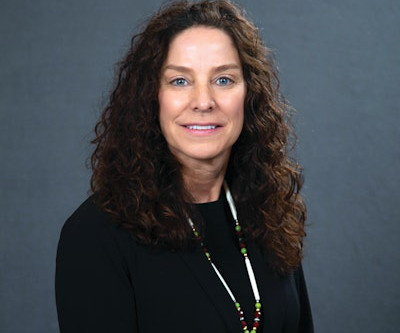

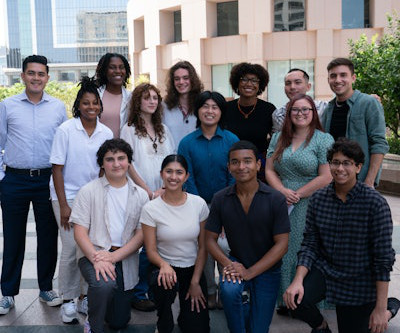
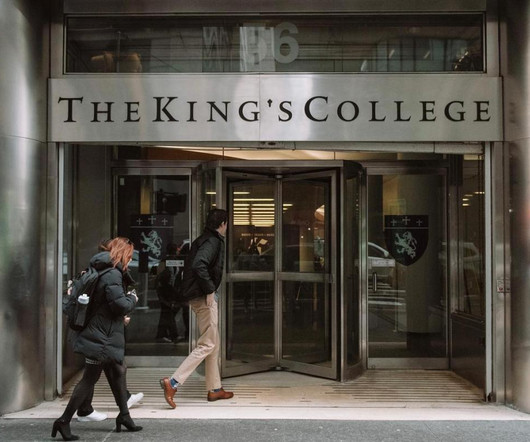








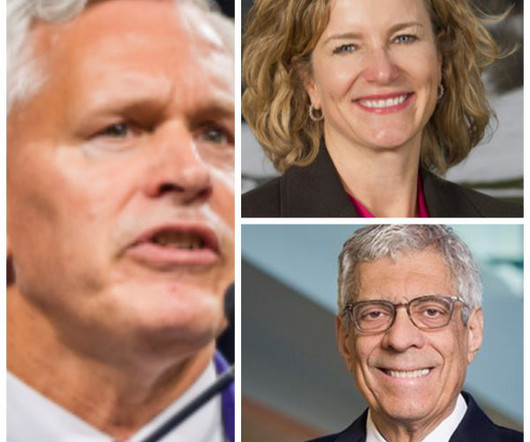
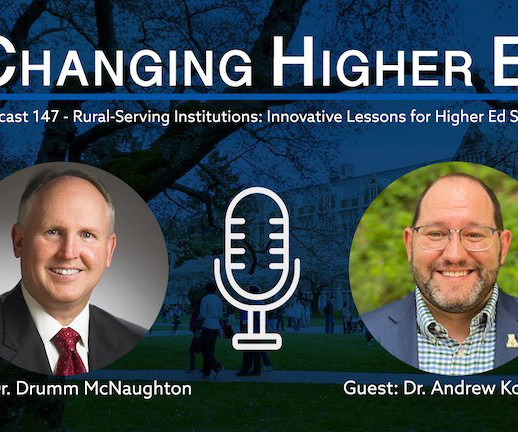
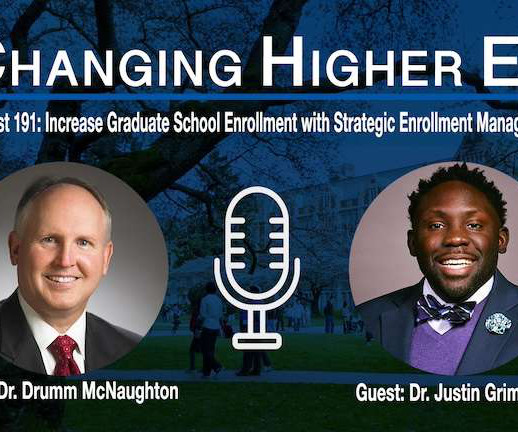








Let's personalize your content